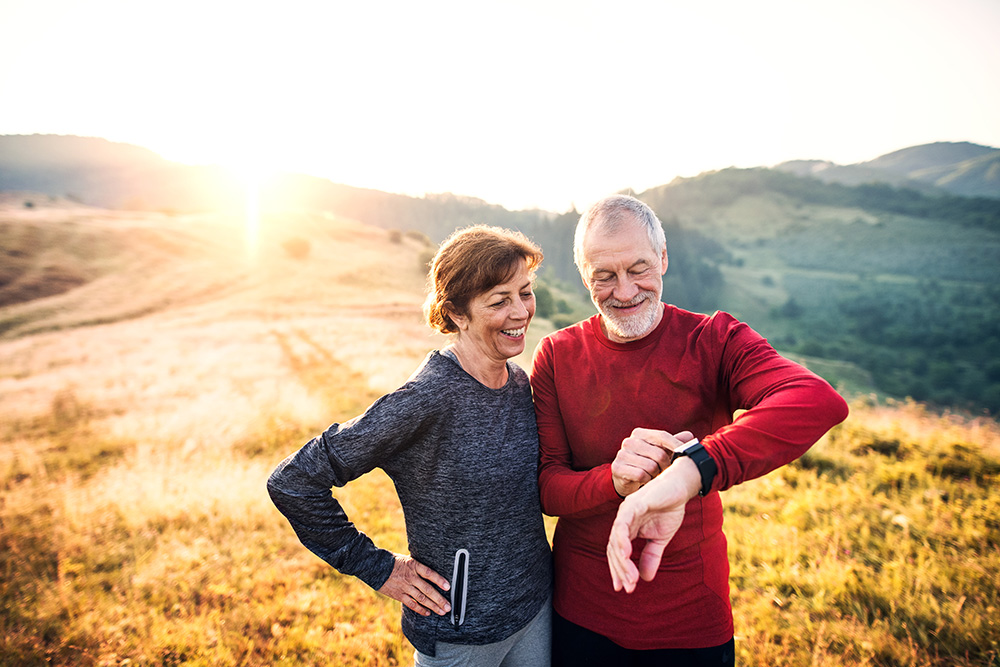A walk around the block won’t cure cancer, but studies are showing it can help make treatment more effective. Kerry Courneya, a professor in the Faculty of Kinesiology, Sport, and Recreation, has spent decades researching the effects of exercise on people undergoing cancer treatment such as chemotherapy and radiation therapy. He spoke recently about his findings at an alumni event. Here are some takeaways from his talk.
1. Small changes make a big difference
Exercise will look different for everybody depending on the person’s age, their physical ability and the type of cancer they have. While patients should consult with their doctors before committing to any vigorous exercise plans, there are small ways to incorporate physical activity into a daily routine, even if it’s walking to the mailbox. “Start with what you’re able to do,” he says. “A five-minute walk is a good starting point. The most difficult step is the first step.”
2. Exercise is a constant companion
Low-intensity physical activity is safe and feasible for patients throughout the entire treatment cycle, says Courneya, who is also a Canada Research Chair in physical activity and cancer and director of the Behavioural Medicine Laboratory and Fitness Centre. A study of more than 200 people with breast cancer showed that those who were on a monitored strength training regimen while receiving chemotherapy had a much higher chance of completing their treatments and completing them on time. Courneya also found that exercise during treatment is associated with improved disease-free survival once patients are in remission.
3. It plays well with others
A study in mice found that chemotherapy paired with moderate aerobic exercise slowed tumour growth more than just the drugs alone. The mice belonging to the exercise group had more and healthier blood vessels than their control counterparts, suggesting that exercise improves blood flow to the tumour, allowing more of the drug to be delivered, says Courneya.
4. Activity is good for the body and the brain
While exercise has physical benefits for patients with cancer, the mental health benefits may be just as important. Courneya and his team looked at the psychological impact of physical activity on people with prostate cancer who were undergoing “active surveillance,” a method of monitoring cancer rather than treating it with surgery or radiation. While many men in active surveillance experience fear and anxiety about cancer progression, the study showed that those who exercised had significantly less stress and anxiety than the control group. This led to higher levels of self esteem and lower fatigue — all factors that help keep patients healthy mentally.

We at New Trail welcome your comments. Robust debate and criticism are encouraged, provided it is respectful. We reserve the right to reject comments, images or links that attack ethnicity, nationality, religion, gender or sexual orientation; that include offensive language, threats, spam; are fraudulent or defamatory; infringe on copyright or trademarks; and that just generally aren’t very nice. Discussion is monitored and violation of these guidelines will result in comments being disabled.